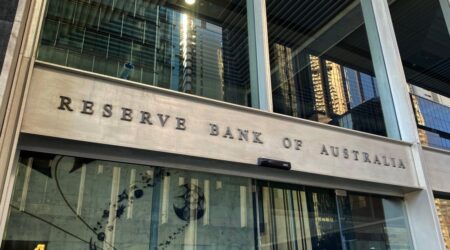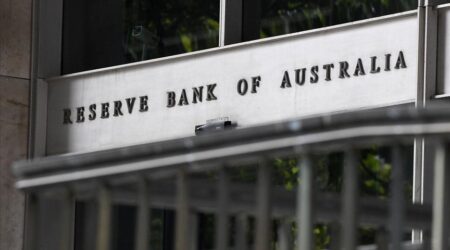New Zealand Economy Contracts in Q1
New Zealand’s economy faced a contraction in the first quarter, raising concerns for the government’s chances of re-election. The central bank’s recent declaration that the cash rate has reached its maximum level further complicates the situation. The cash rate currently stands at 5.5%, having risen by 525 basis points since October 2021.
The weak state of the economy can be attributed in part to the devastating impact of cyclones and flooding experienced in January and February. These natural disasters took a toll on various sectors, resulting in declining output for half of the country’s industries. Consequently, the lackluster GDP numbers lend support to the central bank’s stance that no further interest rate increases are necessary.
With the country’s upcoming election scheduled for October, the recession has emerged as a prominent political issue. Voters find themselves grappling with the rising costs of living, adding to the government’s challenges in securing re-election. However, the employment market in New Zealand remains robust, serving as a buffer against the effects of the recession for many individuals.
As demand-side inflationary pressures begin to ease, some economists believe that the case for rate reductions will become more compelling. The current inflation rate in New Zealand sits at 6.7%, exceeding the central bank’s target range of 1% to 3%. In this regard, economists perceive the slowing economy as a positive development, aligning with the central bank’s objective of curbing inflation during a period of economic decline.
In terms of specific figures, the country’s gross domestic product (GDP) contracted by 0.1% in the first quarter, aligning with analyst expectations. However, this figure falls short of the Reserve Bank of New Zealand’s growth forecast of 0.3%. The underperformance of the GDP growth further highlights the challenges faced by the economy and the need for measures to counter the contraction.












